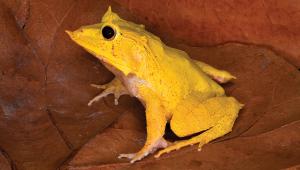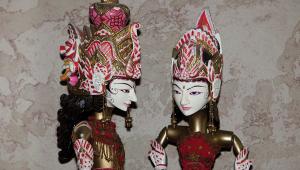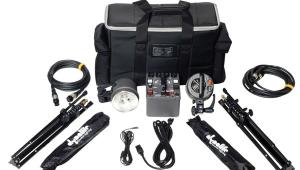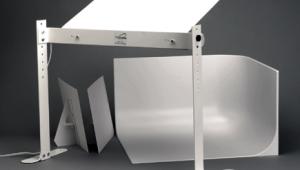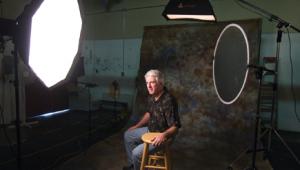Lighting Workshop
How To Meter And Balance Your Lights
It started back in the old
days of Hollywood. The cameramen and directors needed to devise lighting
schemes that would create a realistic, three-dimensional look on film.
Their solution was what they call "triangle" lighting. |
|||
Build Off The Triangle Monolights And Power
Packs Incident Metering |
|||
Light Feathering Steve's Gear List |
- Log in or register to post comments




